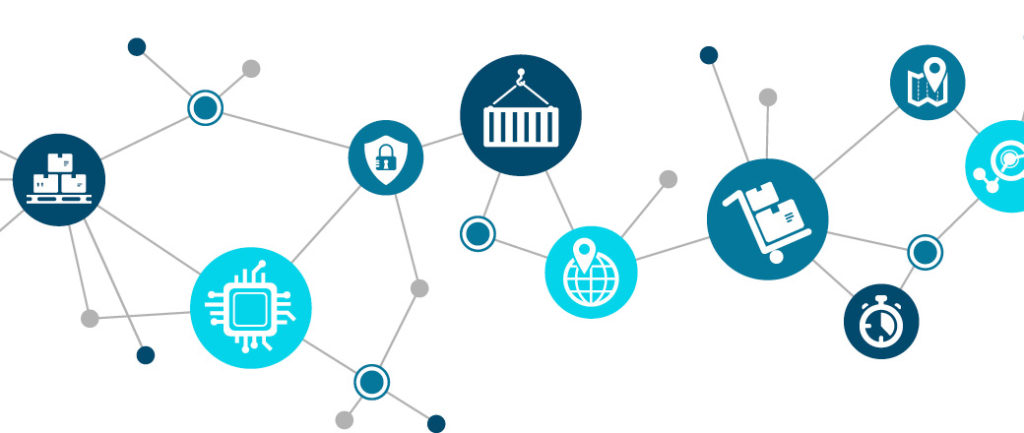Data stewardship takes data management in logistics to another level, helping to improve your organization. Data stewardship focuses on collecting and managing data assets to offer quality data that support decision-making continuously.
There are many aspects to address in proper data stewardship so you can gain its full benefits and outcomes. Your organization can make the most of this concept by following best practices in the data stewardship lifecycle. Ultimately, following these best practices improve your organization’s ability to streamline operations, gain efficiency, and easily scale and protect data against risk.
Meanwhile, using a TMS helps you get the most value from your data.
Categorizing Best Practices in the Data Stewardship Lifecycle
Data stewardship manages and improves the lifecycle that includes data generation, sharing, re-sharing, and applying the data. Organizations just starting or scaling may encounter challenges in data management processes.
- Data acquisition.
- Data engineering.
- Data cleansing.
- Data operations.
1. Data Acquisition
To start, your organization needs to assess your method of acquiring transportation data. You may use internal data resources or external ones. However, using just one of these resources may not be the best. It’s up to your organization to determine which data is best for you to acquire. Still, it’s generally best to create a comprehensive data set that includes more than internal data.
Top data acquisition best practices include:
- Standardize data collection.
- Create a centralized system.
- Use both internal and external data resources.
- Determine expectations for data sharing and transmission.
2. Data Engineering
These are data engineering best practices:
- Develop a unified data control tower.
- Continually update systems for data management to account for new risks
- Determine policies to store and govern data
3. Data Cleansing
Data cleansing best practices are:
- Understand the data that is best for your company.
- Funnel data to the proper analytics suites.
- Utilize analytics to understand potential use cases.
- Identify areas for improvement by using deep learning tools.
4. Data Operations
The previous processes make it possible for your organization’s data operations to use your data. During this stage of data management in logistics, you analyze and apply the data to your company and transportation operations.
We created an infographic to reveal 7 ways your TMS can help you utilize transportation data.
Data operations best practices include:
- Integrate data stores throughout a secure tech stack.
- Share real-time insights based on data.
- React when threats occur.
- Learn and use these lessons to improve data stewardship continually.
The Outcome of Proper Data Stewardship
Effective data stewardship leads to significant benefits. Consistent benefits that most organizations realize include:
- Operational effectiveness: Comprehensive data stewardship leads to optimal business operations.
- Efficiency gains: By maximizing operations, businesses experience less waste, better productivity, improved customer experiences, and easier data management.
- Scalability: Strategies for data management in logistics become scalable right away.
Modern technology and the right partners can help your business carry out data stewardship and keep it secure. Technology like artificial intelligence and machine learning improve data stewardship and help protect data, and outsourcing makes it easier to follow best practices. However, cyber-attack risks are rising, and hackers rely on the latest technology. You need trusted partners to ensure that your data stays secure.
Partner With MercuryGate for Your Data Management Best Practices
Organizations need to be concerned with the entire lifecycle of data stewardship. Whether you’re at the data stewardship starting line or looking to scale, following the best practices in this blog post can help your organization get up to speed with the correct practices. It’s important to follow best practices within multiple data areas, which can guide you forward with data management in logistics.
If you are looking for a partner you can trust with your data, MercuryGate offers technology that supports your data stewardship while ensuring your organizational data stays secure.


